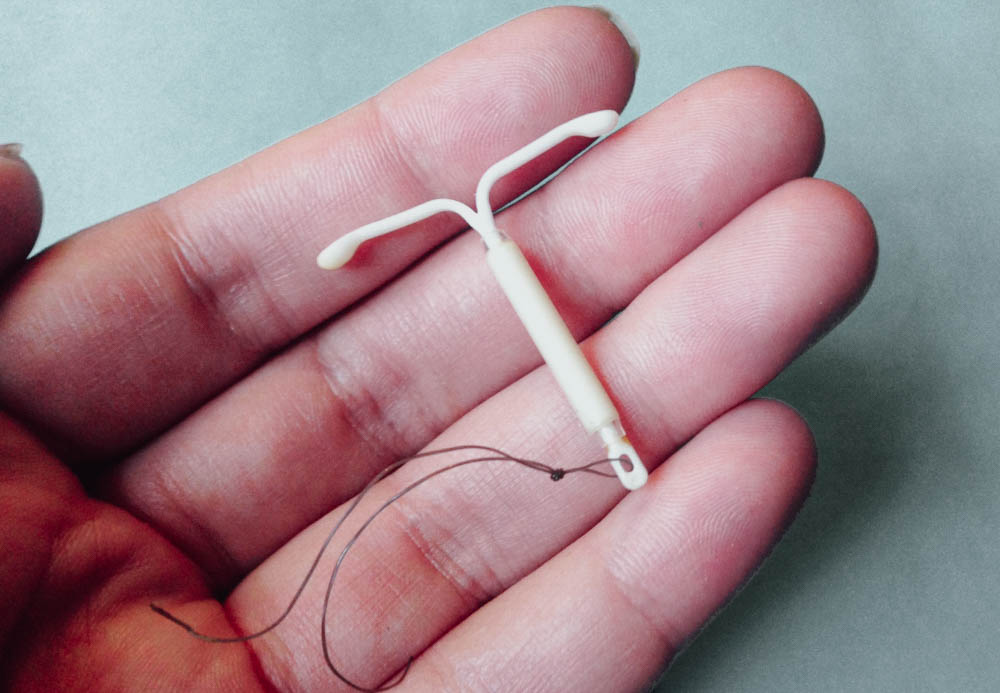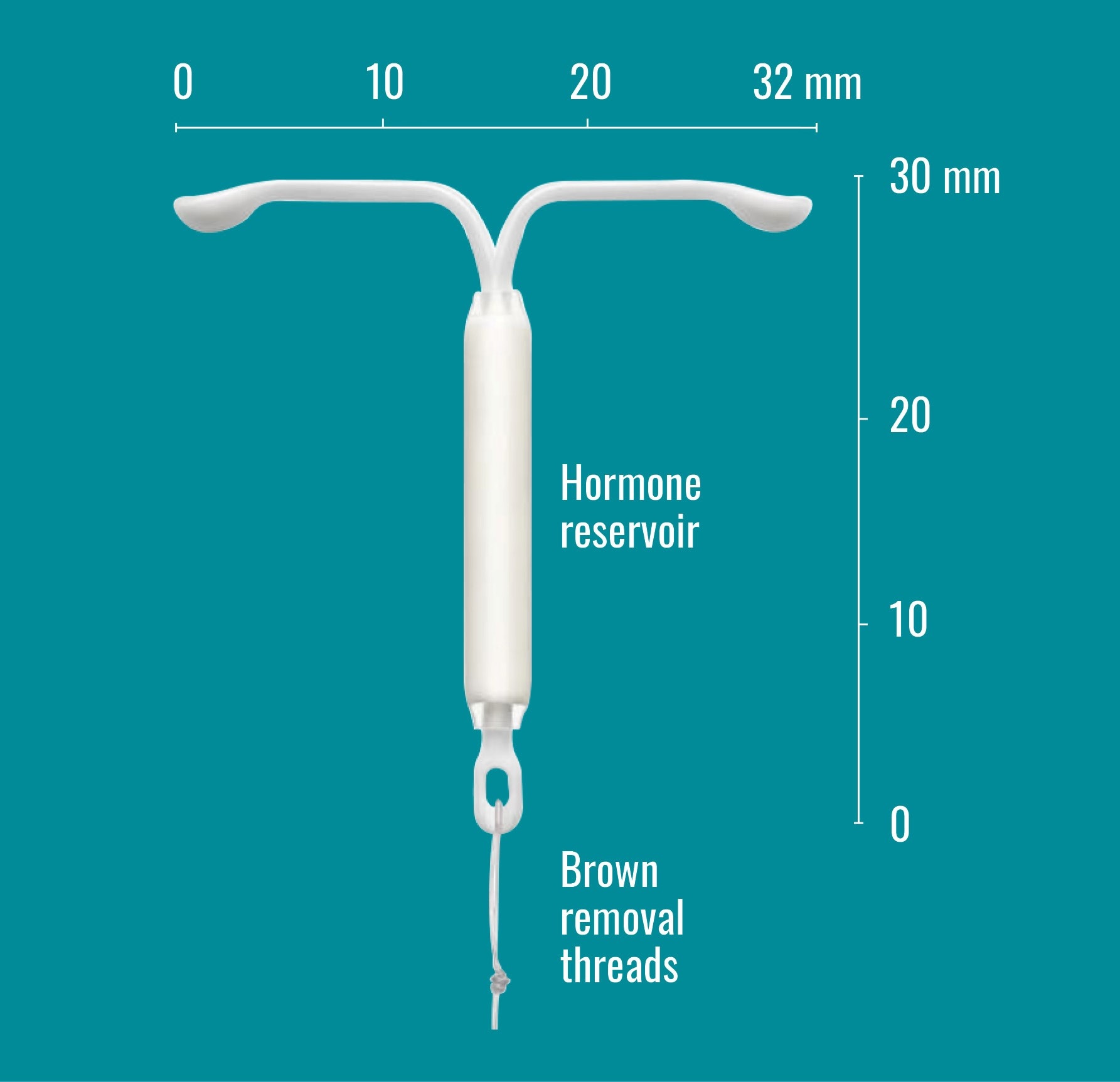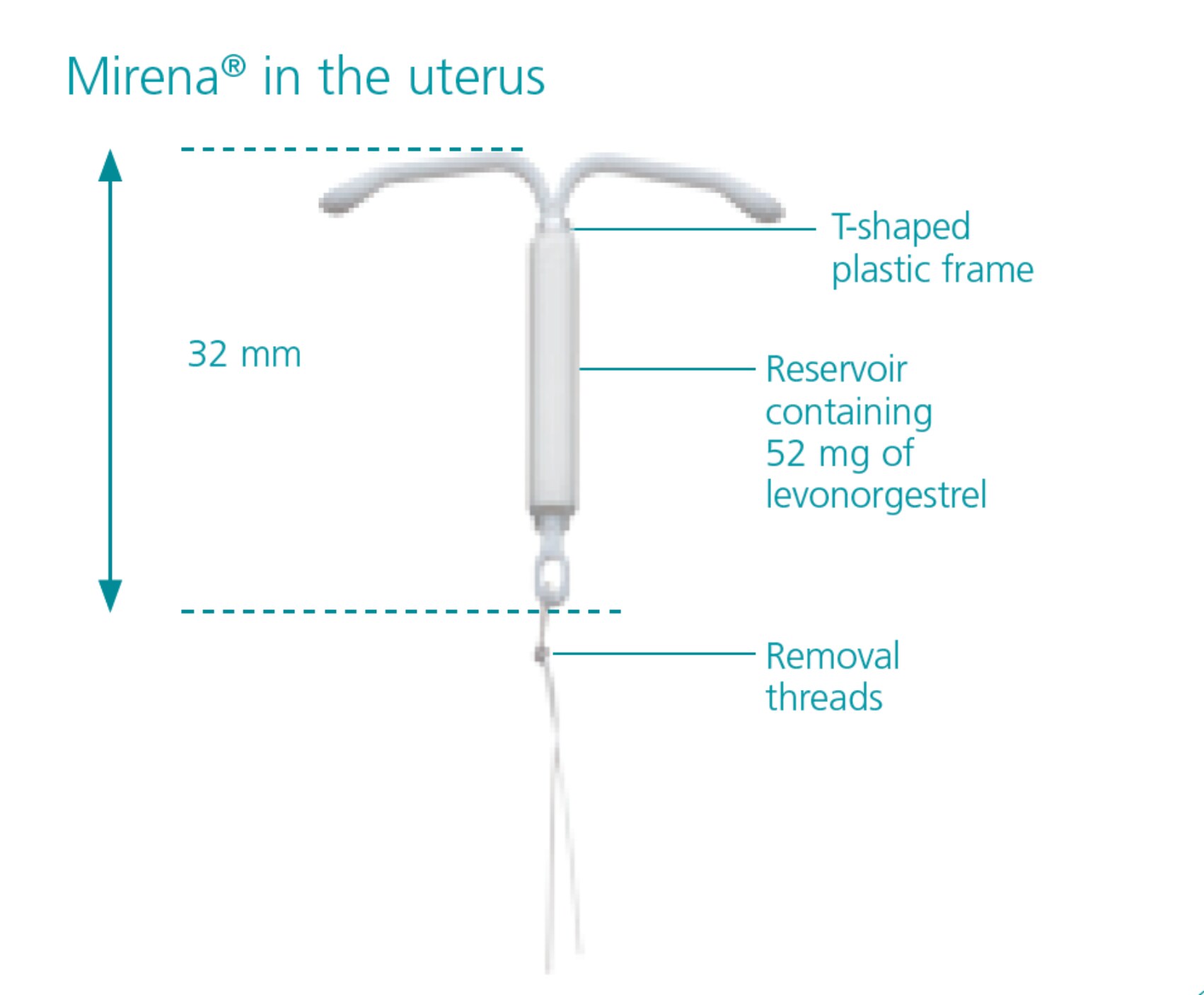Are you seeking a highly effective, long-term birth control solution that also addresses heavy periods? The Mirena intrauterine device (IUD) offers a compelling option, providing over 99% effectiveness in preventing pregnancy for up to five years, along with the added benefit of reducing heavy menstrual bleeding for many women.
The Mirena intrauterine system (IUS) represents a significant advancement in reversible hormonal contraception. Its a small, T-shaped device inserted into the uterus by a healthcare professional using a specialized applicator. Once in place, Mirena continuously releases a low dose of levonorgestrel, a synthetic progestin hormone, directly into the uterus. This localized delivery minimizes the systemic hormone levels in the body compared to oral contraceptives, potentially reducing side effects. Short strings are attached to the device, extending slightly into the vagina, allowing for easy removal by a healthcare provider when desired. The strings also serve as a way for the user to check that the IUD is still in place. After removal, the ability to conceive returns relatively quickly, offering flexibility for women planning future pregnancies. Several other hormonal IUDs are available, including Kyleena, Liletta, and Skyla, each containing different amounts of levonorgestrel, impacting their size and duration of effectiveness. In contrast, the Paragard IUD is a non-hormonal option, utilizing copper to prevent pregnancy for up to 12 years. However, unlike Mirena, Paragard does not offer the benefit of reducing heavy periods.
| Feature | Description |
|---|---|
| Device Type | Intrauterine System (IUS) |
| Hormone Released | Levonorgestrel (52 mg) |
| Mechanism of Action | Releases levonorgestrel, thickening cervical mucus, thinning the uterine lining, and suppressing ovulation in some women. |
| Effectiveness | More than 99% effective at preventing pregnancy |
| Duration of Use | Up to 5 years for both contraception and treatment of heavy menstrual bleeding |
| Insertion | Inserted by a healthcare professional using a special applicator |
| Removal | Removed by a healthcare professional by gently pulling on the strings |
| Return to Fertility | Ability to become pregnant returns quickly after removal |
| Benefits | Highly effective contraception, reduces heavy menstrual bleeding, may decrease risk of endometrial cancer |
| Potential Side Effects | Irregular bleeding or spotting, amenorrhea (absence of periods), headaches, acne, breast tenderness, mood changes, ovarian cysts |
| Contraindications | Pregnancy, uterine abnormalities (e.g., fibroids distorting the uterine cavity), current or recent pelvic infection, known or suspected uterine or cervical cancer, unexplained vaginal bleeding |
| Alternatives | Kyleena (IUS with 19.5 mg levonorgestrel), Liletta (IUS with 52 mg levonorgestrel), Skyla (IUS with 13.5 mg levonorgestrel), Paragard (copper IUD), oral contraceptives, condoms, other forms of contraception |
| Manufacturer | Bayer |
| Reference Website | Mirena Official Website |
Mirena's effectiveness stems from the continuous release of levonorgestrel, which works through several mechanisms. Primarily, it thickens the cervical mucus, making it difficult for sperm to enter the uterus and fertilize an egg. It also thins the lining of the uterus (endometrium), reducing the likelihood of implantation should fertilization occur. In some women, Mirena can also suppress ovulation, further preventing pregnancy. This multifaceted approach contributes to its high efficacy rate. In clinical trials, Mirena has demonstrated a pregnancy rate of less than 1% per year, making it one of the most reliable forms of reversible contraception available. A trial involving 1,169 women aged 18 and older further substantiated its effectiveness and safety profile.
- Belly Expansion Art Videos Explore The Community Nsfw
- Axel Schulz A Boxing Legend Grill Masters Story
Beyond contraception, Mirena is also a recognized treatment for heavy menstrual bleeding (menorrhagia). For women who experience excessively heavy periods, Mirena can significantly reduce blood flow, often leading to a substantial improvement in their quality of life. The levonorgestrel released by Mirena thins the uterine lining, reducing the amount of tissue shed during menstruation. This can alleviate symptoms such as fatigue, anemia, and pain associated with heavy periods. Mirena is approved by regulatory agencies for the treatment of heavy menstrual bleeding in women who also desire contraception. It offers a convenient and effective alternative to other treatments for menorrhagia, such as oral medications or surgical procedures.
The insertion process for Mirena is typically performed in a doctor's office or clinic. The healthcare provider will first perform a pelvic exam to assess the size and position of the uterus. The cervix may be cleaned with an antiseptic solution. The Mirena IUD is then inserted through the vagina and cervix into the uterus using a thin, flexible applicator. Some women may experience mild discomfort or cramping during the insertion process, but this usually subsides within a few minutes. Pain relievers or local anesthesia may be used to minimize discomfort. After insertion, the healthcare provider will trim the strings attached to the IUD, leaving a short length extending into the vagina. The woman will be instructed on how to check the strings periodically to ensure the IUD is still in place.
While Mirena is generally safe and well-tolerated, it's important to be aware of potential side effects and risks. Common side effects include irregular bleeding or spotting, especially during the first few months after insertion. Some women may experience amenorrhea, the absence of periods, after using Mirena for a longer period. Other possible side effects include headaches, acne, breast tenderness, mood changes, and ovarian cysts. These side effects are usually mild and temporary, but they can be bothersome for some women. In rare cases, more serious complications can occur, such as perforation of the uterus, expulsion of the IUD, pelvic inflammatory disease (PID), and ectopic pregnancy. It is crucial to seek immediate medical attention if you experience severe abdominal pain, fever, chills, or unusual vaginal discharge after Mirena insertion.
- Omaha Maps Data Explore The City Even With No Results
- Steve Fisher The End Of An Era At San Diego State
Certain pre-existing health conditions may make Mirena unsuitable. Mirena is contraindicated in women with known or suspected pregnancy, congenital or acquired uterine anomalies (including fibroids that distort the uterine cavity), current or recent pelvic infection, known or suspected uterine or cervical cancer, and unexplained vaginal bleeding. Women with a history of pelvic inflammatory disease (PID) or a high risk of infection should also avoid Mirena. It's essential to discuss your medical history with your healthcare provider to determine if Mirena is the right choice for you.
Proper aseptic technique during Mirena insertion is crucial to minimize the risk of infection. Severe infections, including sepsis, have been reported following Mirena insertion, although these are rare. Healthcare providers should follow strict infection control protocols during the insertion procedure, including using sterile instruments and cleaning the cervix with an antiseptic solution. Women should also be educated on the signs and symptoms of infection and instructed to seek immediate medical attention if they develop any concerning symptoms after insertion.
The availability of various IUDs, including Mirena, Kyleena, Liletta, and Skyla, allows women to choose the device that best suits their individual needs and preferences. Kyleena contains a lower dose of levonorgestrel (19.5 mg) compared to Mirena (52 mg) and is slightly smaller in size. Liletta also contains 52 mg of levonorgestrel, similar to Mirena. Skyla contains the lowest dose of levonorgestrel (13.5 mg) and is the smallest IUD available. The lower hormone doses in Kyleena and Skyla may result in fewer side effects for some women, but they may also have a shorter duration of effectiveness. The choice of IUD should be made in consultation with a healthcare provider, taking into account factors such as age, parity, menstrual history, and personal preferences.
Studies have indicated that the Mirena IUD can improve a woman's sex life by offering the freedom to be spontaneous without the worry of unplanned pregnancy. The high effectiveness of Mirena provides peace of mind, allowing women to focus on intimacy and enjoyment. Additionally, the reduction in heavy menstrual bleeding can further enhance sexual well-being by alleviating discomfort and improving overall physical and emotional health. However, it's important to note that some women may experience side effects such as mood changes or decreased libido while using Mirena, which can negatively impact their sex life. It's essential to communicate any concerns or side effects to your healthcare provider to find solutions that work for you.
In contrast to copper IUDs, displacement from the fundal position is associated with higher rates of inadvertent pregnancy. This is because copper IUDs rely on their physical presence within the uterus to prevent pregnancy, while hormonal IUDs like Mirena have a hormonal mechanism that continues to provide contraceptive protection even if the device is slightly displaced. However, significant displacement of Mirena can still reduce its effectiveness and increase the risk of complications, so it's important to check the strings periodically to ensure the IUD is in the correct position.
Other IUDs containing the same amount of levonorgestrel as the Mirena IUD (52mg) include Benilexa and Levosert. These IUDs offer similar benefits and risks as Mirena, providing effective contraception and reducing heavy menstrual bleeding for up to 5 years. The choice between these different IUDs may depend on factors such as cost, availability, and healthcare provider recommendation.
It's important to note that while Mirena is highly effective at preventing pregnancy, it does not protect against sexually transmitted infections (STIs). Women who are at risk of STIs should use condoms in addition to Mirena to reduce their risk of infection. Regular STI screening is also recommended for sexually active women, regardless of their contraceptive method.
Free stock photos and videos related to Mirena IUDs are available online for use in educational materials, websites, and other projects. These resources can help to visually illustrate the device, its insertion process, and its benefits. However, it's important to ensure that the images and videos are accurate, up-to-date, and from reputable sources.
In conclusion, the Mirena IUD is a highly effective and versatile contraceptive option that offers a range of benefits for women. Its ability to prevent pregnancy, reduce heavy menstrual bleeding, and improve quality of life makes it a popular choice for many women. However, it's essential to be aware of the potential side effects, risks, and contraindications before choosing Mirena. Consulting with a healthcare provider is crucial to determine if Mirena is the right choice for you and to ensure safe and effective use of the device.
For the first time, you can get access to istock exclusive photos, illustrations, and more, giving you even more visuals options.
Explore authentic, mirena iud stock photos & images for your project or campaign, less searching, more finding with getty images, the most comprehensive image search on the web.
- Hot Steamy Couple Kissing Video Compilation Watch Now
- Aly Aj Michalka From Disney To Nyfw Beyond Photos


